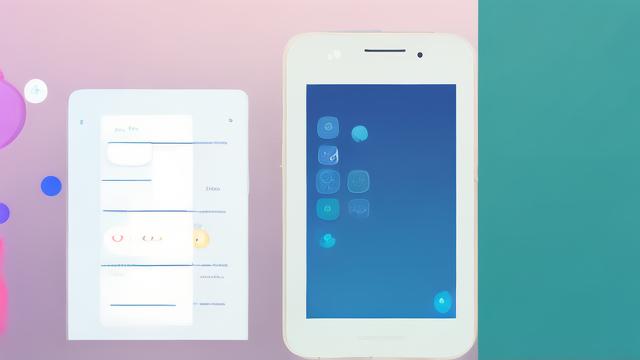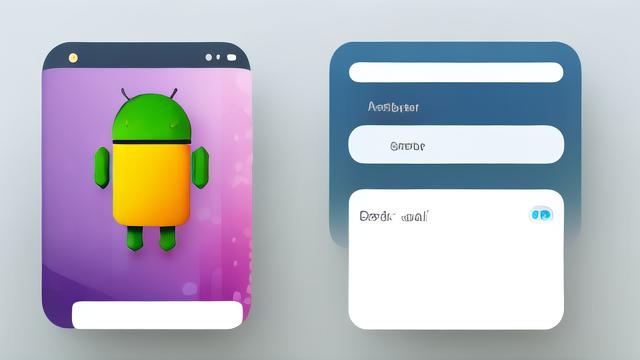Android布局中的常用占位符在开发中扮演着重要的角色,它们帮助开发者更灵活地定义和调整视图的位置、大小以及显示内容,以下是一些常见的Android布局占位符及其详细用法:
一、基本占位符

1、@+id/placeholder:这是最常见的占位符,用于为布局文件中的元素指定唯一的ID。
<TextView
android:id="@+id/my_text_view"
android:layout_width="wrap_content"
android:layout_width="wrap_content"
android:text="Hello, World!" />2、wrap_content:这个占位符表示视图的大小应该根据其内容自动调整。
<TextView
android:layout_width="wrap_content"
android:layout_height="wrap_content"
android:text="Wrap Content Example" />3、match_parent:这个占位符表示视图的大小应该与其父容器的大小相匹配。
<TextView
android:layout_width="match_parent"
android:layout_height="match_parent"
android:text="Match Parent Example" />4、fill_parent:这是match_parent的旧版本,两者在功能上是等效的。
5、dp(密度无关像素):用于指定视图的大小或边距,以密度无关像素为单位。
<TextView
android:layout_width="100dp"
android:layout_height="50dp"
android:text="100dp x 50dp" />二、字符串资源占位符
在Android开发中,还可以使用字符串资源中的占位符来动态替换文本内容,这通常通过strings.xml文件来实现,并在Java代码中使用String.format()方法进行赋值。
1、定义占位符:在strings.xml中定义带有占位符的字符串。

<string name="material_name">物料名称:%1$s</string>
2、引用并替换占位符:在布局文件中引用该字符串资源,并在Java代码中通过String.format()方法替换占位符。
TextView textView = findViewById(R.id.tv_material_name); String formattedText = String.format(getResources().getString(R.string.material_name), "食用油"); textView.setText(formattedText);
3、多个占位符:可以定义多个占位符,并在替换时传入多个参数。
<string name="my">我叫:%1$s,我来自:%2$s,我做%3$s工作</string>
String formattedText = String.format(getResources().getString(R.string.my), "小明", "北京", "程序员");
三、特殊字符占位符
在布局文件中,有时需要使用特殊字符来表示空格或其他不可见字符,这些特殊字符也可以看作是一种特殊的占位符。
1、空格字符:可以使用 来表示一个空格。
<TextView
android:layout_width="wrap_content"
android:layout_height="wrap_content"
android:text="密 码"/>2、HTML元素:在字符串资源中使用HTML元素时,如果元素包含特殊字符(如<或&),则需要对这些字符进行转义。
<string name="audit_title_str"><u>%1$s</u>量化审核工作指南</string>
在Java代码中进行替换时,需要先对特殊字符进行转义:
String escapedUsername = TextUtil.htmlEncode(username); String text = String.format(res.getString(R.string.audit_title_str), escapedUsername); textView.setText(Html.fromHtml(text));
Android布局中的常用占位符包括基本占位符(如@+id/placeholder、wrap_content、match_parent等)、字符串资源占位符以及特殊字符占位符,这些占位符在开发中提供了极大的灵活性和便利性,使得开发者能够更加高效地构建用户界面。

到此,以上就是小编对于“android布局中的常用占位符”的问题就介绍到这了,希望介绍的几点解答对大家有用,有任何问题和不懂的,欢迎各位朋友在评论区讨论,给我留言。